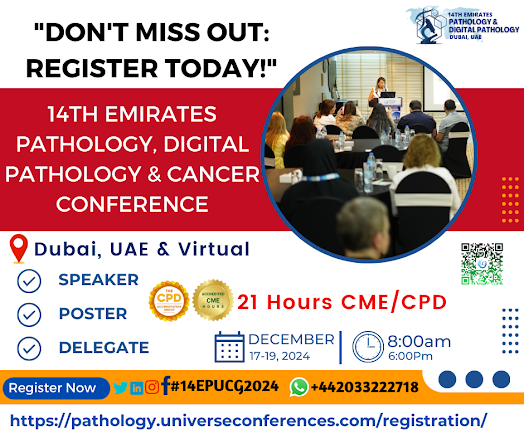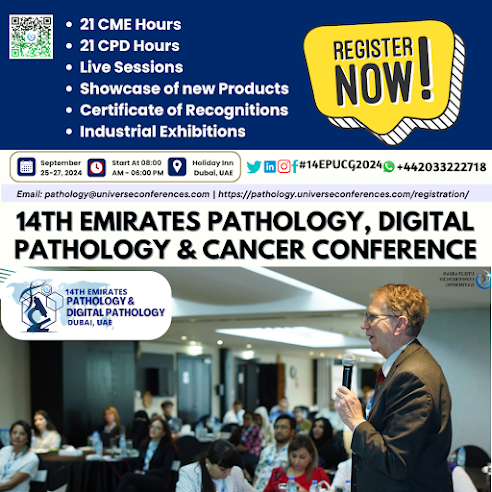The Future of Cancer Care: Innovations and Breakthroughs
.png)
The Future of Cancer Care: Innovations and Breakthroughs" could be a great topic to explore in your blog. Here are some subtopics you could consider: 1 . Immunotherapy Advancements : Discuss the latest developments in cancer immunotherapy, such as CAR-T cell therapy and checkpoint inhibitors. 2. Precision Medicine : Explore how personalized medicine is changing the landscape of cancer treatment, including genomic testing and targeted therapies. 3. Liquid Biopsies : Explain how liquid biopsies are revolutionizing cancer diagnosis and monitoring by detecting circulating tumor cells and DNA in the blood. 4 . Artificial Intelligence in Oncology : Delve into the role of AI in cancer care, from improving diagnostic accuracy to predicting treatment outcomes. 5. Nanotechnology in Cancer Treatment : Discuss how nanotechnology is being used to deliver drugs directly to cancer cells, reducing side effects and improving efficacy. 6. Cancer Vaccines: Explore t




.png)
